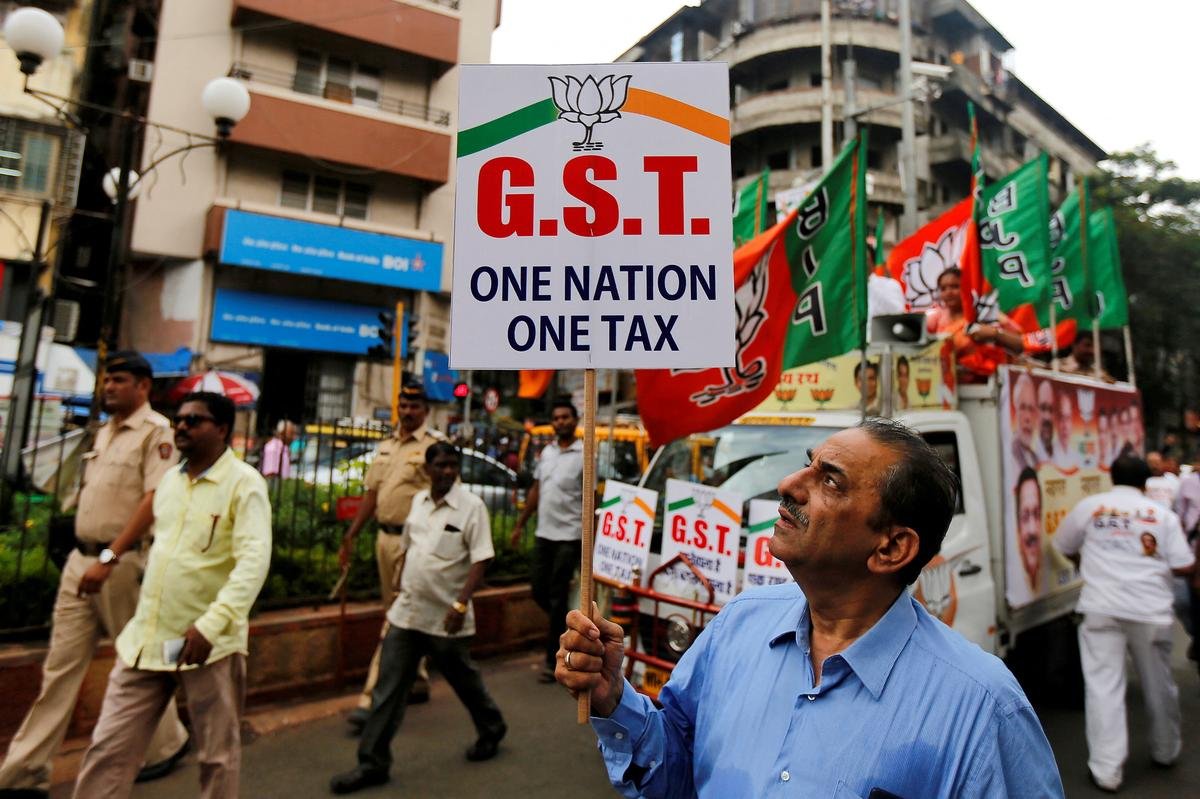Context
- Wheebox, in collaboration with AICTE, CII, and Association of Indian Universities, reveals crucial findings in India Skills Report 2024, focusing on the impact of AI on the future of work, skilling, and mobility.
Key Highlights
- State of Employability: The employability of Indian youth has improved, with 51.25% found to possess the necessary skills.
- Maximum Employability State (2024): Telangana leads in employable talent concentration among 18-21-year-olds, with an impressive 85.45%.
- Young Employability Status (2024):
- Age 18-21 Years: Haryana excels in youth employability, with 76.47%, followed by Maharashtra, Andhra Pradesh, Uttar Pradesh, Kerala, and Telangana, showcasing a high concentration of highly employable youth.
- Age 22-25 Years: Uttar Pradesh tops with 74.77% talent concentration, closely followed by Maharashtra at 71.97%.
- Computer Skills: Thiruvananthapuram secures the top position among cities for fostering computer skills. Kerala ranks third overall among states.
- Skill Penetration: India leads globally in AI skill penetration and talent concentration.
- Increase in Female LFPR: Witnessing a consistent increase in Female Labor Force Participation (LFPR), contributing to gender balance in societal and cultural realms.
The India Skills Report
- The report is launched by Wheebox in collaboration with various agencies, including All India Council for Technical Education, Confederation of Indian Industry, and Association of Indian Universities.
- The eleventh edition is based on the extensive Wheebox National Employability Test (WNET) with 3.88 lakh participants and insights from 152 corporations.
- Highlights underscore India’s leadership in the Al domain.
Skills Distribution Across States and Cities in India
- English as a Second Language: Karnataka leads with 73.33% proficiency, emphasizing the state’s focus on language skills. Followed by Uttar Pradesh and Maharashtra, showcasing diverse geographic English proficiency.
- Numerical Skills: Telangana exhibits 78.68% numerical skills, highlighting the state’s emphasis on quantitative abilities. Uttar Pradesh and Bihar excel in numerical skills, indicating diverse proficiency levels in other domains.
- Bengaluru and Vijayawada lead in cities, showing strong numerical capabilities crucial for finance, data analytics, and STEM roles.
- Critical Thinking: Telangana tops in critical thinking at 37.70%, reflecting a culture that values analytical thinking. Maharashtra and Andhra Pradesh closely follow, indicating a trend in developing critical thinking skills.
- Computer Skills: Maharashtra, Uttar Pradesh, and Kerala lead in computer skills, showcasing commitment to technological advancements. Bengaluru emerges as a technology hub, leading among cities.
Case Study – Growth Story of Kerala: All-Round Talent Hub
- Kerala emerges as themost preferred state to work. Secures the second position in overall employability for the 18-21 age group, reaffirming its status as a robust talent pool.
- Nurturing Future Skills:Credited for ensuring a balanced approach to education and nurturing skills.
- Most Preferred Cities:Kochi and Thiruvananthapuram rank second and fourth among cities preferred by both men and women to work, regardless of age.
- Thiruvananthapuram sees a growing pool of highly skilled individuals migrating from various regions of Kerala.
- Employable Talent:Kerala ranks third in the highest concentration of employable talent in B.E./BTech and polytechnic domains and for the highest availability of English skills.
- Diverse Skill Pool:Showcases a well-rounded talent pool enabling performance across different skills. Challenges the conventional norm, signifying a broader dispersion of talent across the country.
Additional Skill Acquisition Program (ASAP) Kerala
- Launched by theHigher Education Department of the Government of Kerala. Focuses on equipping youth with industry-relevant skills to enhance employability.
- Imparts skills to over 2.5 lakh higher secondary students in the last decade. Establishes community skill parks and centers of excellence recognized as exemplary models for training in advanced technologies nationwide.
Transformative Impact of Artificial Intelligence (AI) on India’s Workforce
- AI Skills: India boasts a talent base of 416K AI professionals (as of August 2023) positioned to meet the current demand of approximately 629K, projected to reach 1 million by 2026.
- The Indian AI industry is expected to reach USD 28.8 billion by 2025, with a CAGR of 45%, driven by widespread AI adoption across sectors.
- Escalating Demand for AI Professionals in India: A 14-fold increase in AI-skilled individuals within India from January 2016 to June 2023. India ranks among the top five nations experiencing significant growth in AI talent.
- Skill Penetration: India’s relative AI skill penetration is three times the global average.
- AI Skill Gap: India faces a 60% to 73% gap between demand and supply in crucial AI roles like ML engineer, data scientist, DevOps engineer, and data architect.
Challenges with Skill Development in India | Solutions |
|
|
Skilling Efforts by India
- Pradhan Mantri Kaushal Vikas Yojana (PMKVY): Aims to enable Indian youth to take up industry-relevant skill training for better livelihoods.
- Skill India Mission: Focuses on providing skill training in sectors such as manufacturing, construction, healthcare, tourism, and IT.
- National Skill Development Corporation (NSDC): Collaborates with partners to enhance skilling efforts.
- National Skill Development Mission (NSDM): Aims for end-to-end implementation to create opportunities for quality skill development leading to productive employment.
- Skill Acquisition and Knowledge Awareness for Livelihood Promotion (SANKALP): Aims to strengthen institutional mechanisms for skill development and increase access to quality training.
- Sector Skill Councils (SSC): Interface organizations between industry and the Government.
- National Migration Policy (NMP): In development to protect migrant workers’ rights and facilitate their mobility.
Conclusion
The India Skills Report 2024 underscores improvements in employability, the transformative impact of AI, and challenges in skill development. It highlights the need for collaboration and proactive measures to bridge the skill gap and prepare the workforce for the evolving job market.




